Вы здесь
Flora of Badai-Tugai nature reserve.
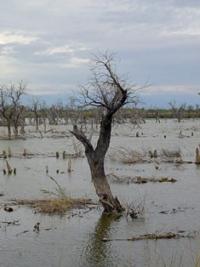
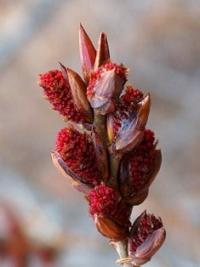
Great Silk Road Karakalpakstan.
“For millions of years flowers have been producing thorns. For millions of years sheep have been eating them all the same. And it's not serious, trying to understand why flowers go to such trouble to produce thorns that are good for nothing? It's not important, the war between the sheep and the flowers? It's no more serious and more important than the numbers that fat red gentleman is adding up? Suppose I happen to know a unique flower, one that exists nowhere in the world except on my planet, one that a little sheep can wipe out in a single bite one morning, just like that, without even realizing what he'd doing - that isn't important? If someone loves a flower of which just one example exists among all the millions and millions of stars, that's enough to make him happy when he looks at the stars. He tells himself 'My flower's up there somewhere...' But if the sheep eats the flower, then for him it's as if, suddenly, all the stars went out. And that isn't important?”
Antoine de Saint-Exupéry.
Trip from Nukus to Badai-Tugai.
In the initial period of the reserve's existence, judging by the description of its first director V.P. Limom (1975), the territory of the reserve was absolutely tugai, since 4532 hectares or 70% of its area were covered with tugai thickets.
The accounting of the forest fund as of November 1, 2005 showed that the forested area of the reserve was 3950 hectares, i.e. it has decreased by 578 hectares in 35 years. On average, the area covered by forest decreased by 19.3 hectares per year.
The data presented can be considered as an increasing anthropogenic impact on protected forest ecosystems and as a result of an unsatisfactory water regime. In arboreal tugai, most researchers distinguish three formations: turang, willow, and loch (Maylun, 1973).
All of them are landscape-forming communities. The main components of phytocenoses include Aryan poplar or turanga proper (Populus ariana Dode), gray poplar (P. prunosa Schrenk), Djungarian willow (Salix songarica), Wilhelms' willow (S. wilhelmsiana), narrow-leaved oak (Elaeagnus angustifolia).
Two types of poplar: Aryan and gray-leaved, are registered all along the length from Termez to the lower reaches of the river. Amu Darya, while in different parts of the valley one species predominates (Ashirova, 1976).
In this regard, the territory of the Badai-Tugai reserve, where mixed communities are formed, is of certain interest. The range of both these species does not go beyond Central and Central Asia (Maylun, 1973). Characterizing the tugai forest of the reserve, it should be noted that turanga prevails everywhere in the forest stand, djida and comb is less common, in places willow, which is noted in stripes along the Amu Darya.
In a significant part, tugai are braided with vines: eastern clematis, Siberian tsinanchum, field bindweed, Persian asparagus and Leman's great. Tugai is poor in undergrowth and herbaceous vegetation is very poorly developed.
Here are the ancient tertiary elements such as eriantus, reed grass, impera. In humid places, there are common reeds, licorice naked, rough kendyr, large plantain, lanceolate plantain. On the salt marshes, the Karabarak, the salt marsh coastal region, the Turkmenian Sveda, the bristle-hair comb and in some places the common yantak, associated with the saline substrate, grow.
V.A. Popova, T.A. Abdreimova, A.A. Tishkova (1990) note that in connection with sharp violations of the hydrological regime of the Amu Darya River, aquatic plants began to disappear on the territory of Badai-Tugai - yellow water lily, pure white water lily, swimming salvinia, pemphigus vulgaris.
This is not true, since the above aquatic plants in the area of the reserve have not been previously recorded. The proof of the correctness of our statement is the fact that the researchers who worked in the reserve do not note the pure white water lily, yellow water lily, swimming salvinia and pemphigus vulgaris (Ashirova, 1970, V. Sherbaev, 1980).
The peculiarity of the natural conditions of the Amu Darya valley gave rise to the ecological specificity of the species of trees and shrubs living here. So, for example, Aryan poplar, gray poplar and all types of shrubs, with the exception of the carabarak, have the ability to sprout and root-sprout reproduction.
According to A.A. Ashirova (1970) vegetative reproduction arose as a result of sharp drops and rises of the Amu Darya water, accompanied by siltation of tugai thickets. Floods are followed by sharp drops in water, a decrease in the level of groundwater and rapid drying of the soil.
These alternating conditions of high moisture and drought have developed features of xeromorphism in tugai trees and shrubs. It should be noted that a common ecological feature of most trees and shrubs is taut - increased salt tolerance, and one more ecological feature - the timing of seed dispersal at the time of flood water recession and the ability of willow and poplar seeds to germinate extremely quickly under conditions of increased moisture on fresh alluviums.
In tugai, there are many valuable plants, including medicinal ones - common harmala, Siberian tsinanchum, bird throat, rough kendyr, oriental sucker, large and lanceolate plantain, naked licorice. Changes in the hydrological regime of the Amu Darya in recent years have led to the degradation of the reserved forest.
Thus, according to the materials of B. Sherbaev (1980), 167 species of higher plants in the reserve were identified in the mid-70s, and when examining the tugays of the Badai-Tugai reserve in 1985 - 1996, E.V. Kuzmina, S.E. Treshkin (2001) noted only 61 species of higher plants.
Thus, in comparison with 1980 to the present, the flora of higher vascular plants has decreased by 106 species. Such a situation with the flora of the Badai-Tugai reserve requires immediate measures to be taken to save it, as the last large, integral tugai massif of Karakalpakstan.
The tugai forest of the reserve will be preserved by a joint project of the Government of Uzbekistan and the World Bank on the reconstruction of drainage, irrigation and restoration of wetlands. Its main task is to reduce the salinity of the Amu Darya water to one gram per liter, to minimize the discharge of drainage water into the river.
For this, the project envisages diverting collector and drainage wastewater from the Amu Darya, it is planned to change the route of the Main southern collector, and the tugai forests of the reserve will benefit along with the river.
The main source of salinization of the protected forest is the Amu Darya-Kokdarya channel. Once she fully nourished the tugai with clean water. And over the past thirty years, it has been turned into the Beruniy collector, where saline drainage water is pumped out from the cotton fields of two regions: Beruniy and Turkul.
The Beruniy pumping station discharges up to 400 million cubic meters of salt water annually, which feeds the reserve's groundwater. Previously, tugai were flooded every year during floods. In recent years, due to an increase in water withdrawals for the needs of agriculture, the inflow of water in the lower reaches of the Amu Darya has sharply decreased, so the forest is fed mainly from groundwater.
A small part comes from the river and a little from the Beruniy collector. From time to time, the protected forest received water supplied by pumps from the river. Over the past 25 years, the water level in the river has decreased by 4.0 - 4.5 meters (Kuzmina, Treshkin, 1999, 2001).
From 1976 to 1998, the protected area was not flooded. Partial flooding was noted in 1998, 2002 and 2004. This ecological situation has greatly worsened the state of forest stands. According to Zh.V. Kuzmina, S.E. Treshkina (2003), at present, the tight dry top is 55%.
In order to mitigate the processes of extinction, desertification and promote the restoration of natural plant communities, the project provides for the construction of a collector to divert drainage flows into the Aral Sea, bypassing the Amu Darya.
Stop the discharge of drainage water into Kokdarya and replenishment of the reserve's groundwater with water. Apparently, the old channel of the Kokdarya with the Amu Darya will be connected, plus the provision of estuary irrigation with the help of a pumping station.
Thus, the problems of preserving the natural complexes of the Badai-Tugai reserve are closely related to the solution of all environmental problems in the lower reaches of the Amu Darya.
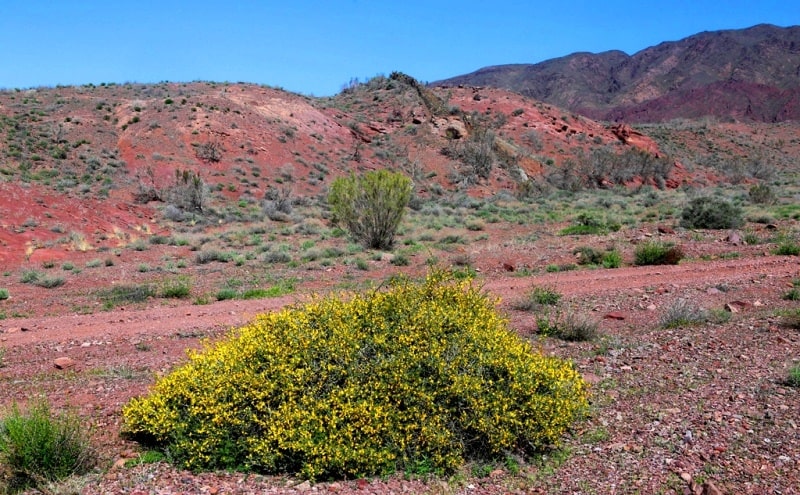
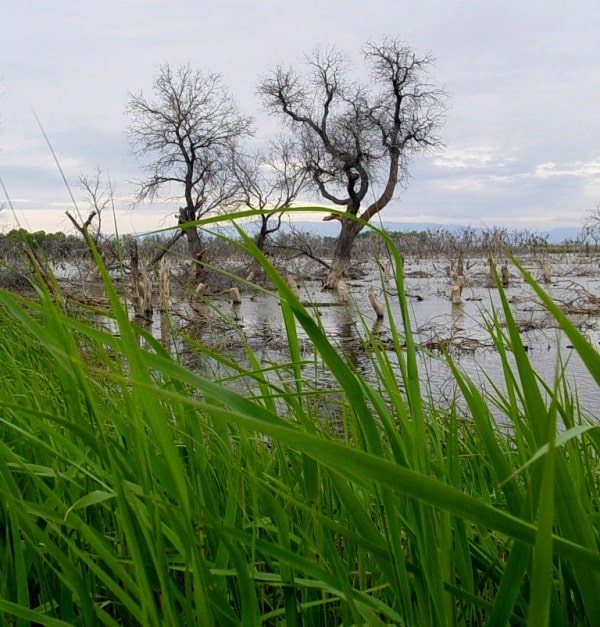
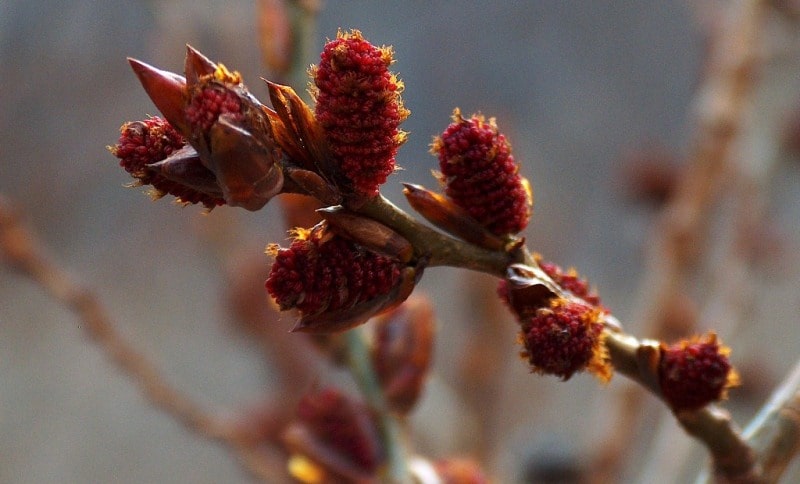
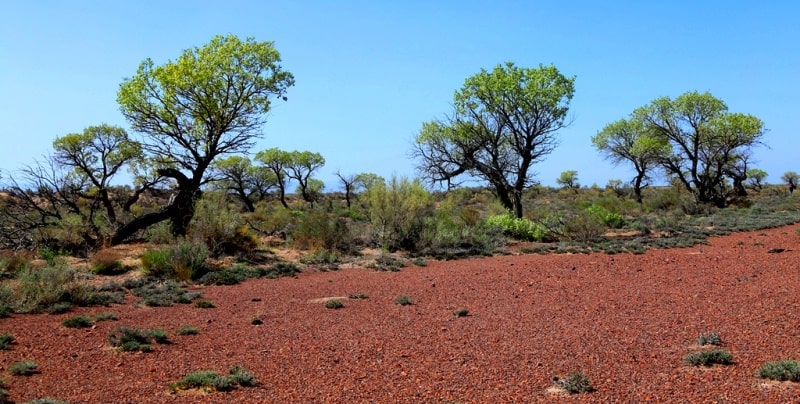
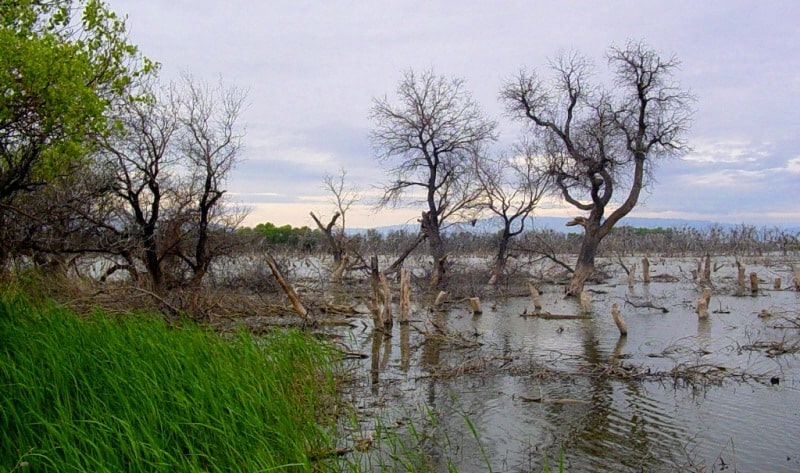

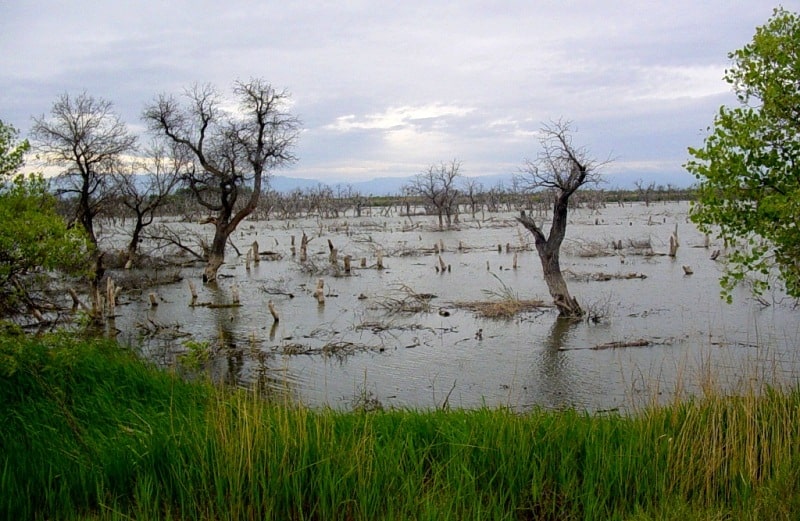
Authority:
https://uzb.ucoz.ru/index/badaj_tugaj/0-178
Photos by
Alexander Petrov.







